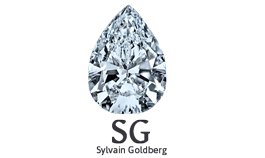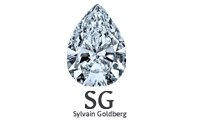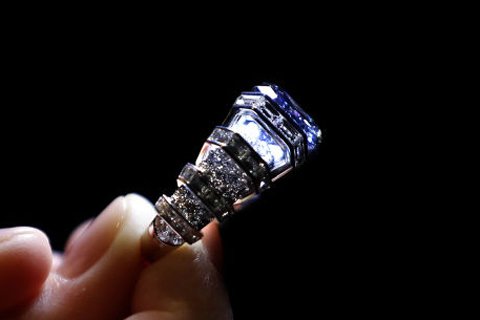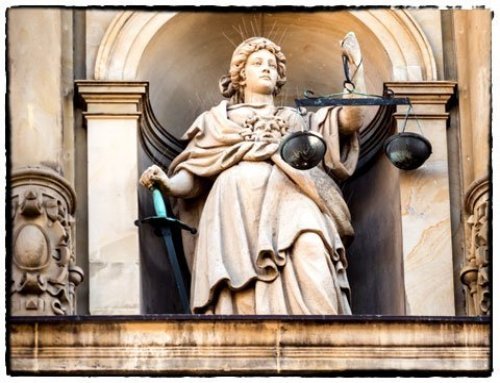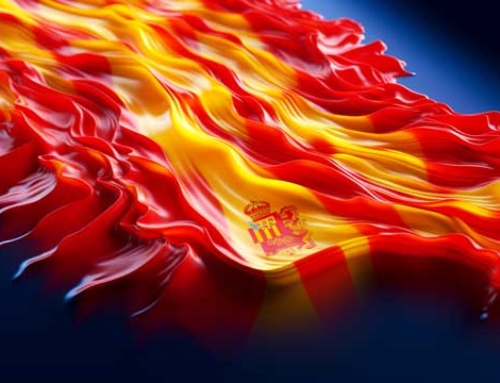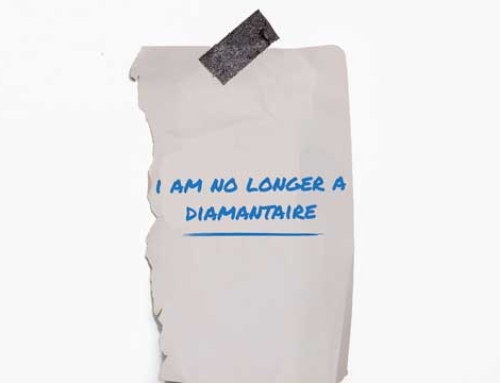Blue is the color: Diamond ring could fetch $25 million
A diamond ring – with a blue diamond – that’s the ultimate in bling is set to go under the hammer, with an estimated price of $15 million to $25 million.
Sotheby’s auction house says the Cartier ring holds an 8.01 carat blue stone named the Sky Blue Diamond. It will be displayed in London on Thursday through Monday before a sale in Geneva on Nov. 16.
David Bennett, chairman of Sotheby’s jewelry division, said Tuesday that the diamond was a “wonderfully clear celestial blue, presented in an extremely elegant square emerald cut.” He said it would “captivate all collectors of exceptional gemstones.”
In May, the 14.62 carat “Oppenheimer Blue” diamond sold for more than 56.8 million Swiss francs ($57.6 million), including fees, crushing the previous record for the most expensive diamond ever sold at auction.
Blue Diamonds – there’s more to them than meets the eye
Colored diamonds are much like snowflakes – a natural phenomenon of which no two are completely alike. Each boasts a unique shade and set of characteristics, but they do have two things in common: a stunning appearance, and a remarkable rarity.
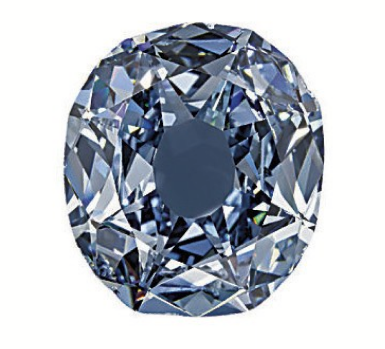
Among the most rare are blue diamonds. In fact, if we’ll divide the rarity scale of colored diamonds into four groups, blue diamonds will be at the tip of the second rarest – more rare than pinks but less than red, violet and purple. Though we need to remember that not all blue diamonds are equally rare, the strongest the color, the more rare the diamond.
According to “The Fancy Color Diamond Book” by Eden Rachminov, less than one-tenth of a percent of all fancy colored diamonds are Type IIb blues. Moreover, the Natural Color Diamond Association reported that only one natural blue diamond can be found on the market for every 100 Picasso paintings up at auction.
There is more to these gems than meets the eye, though. An unusual chemical makeup and rich role in history make blue diamonds some of the most fascinating stones in existence.
Some interesting information that any diamond enthusiast should know
Colored diamonds are much like snowflakes – a natural phenomenon of which no two are completely alike. Each boasts a unique shade and set of characteristics, but they do have two things in common: a stunning appearance, and a remarkable rarity.
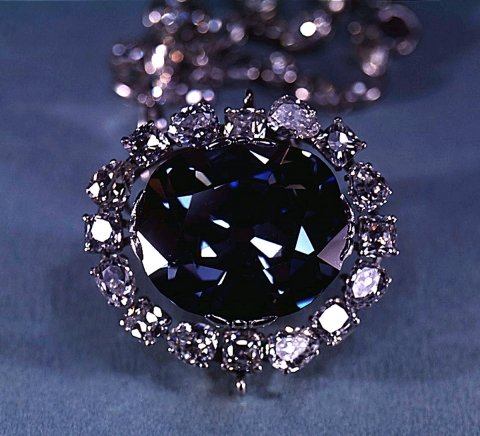
Among the most rare are blue diamonds. In fact, if we’ll divide the rarity scale of colored diamonds into four groups, blue diamonds will be at the tip of the second rarest – more rare than pinks but less than red, violet and purple. Though we need to remember that not all blue diamonds are equally rare, the strongest the color, the more rare the diamond.
Like any other colored diamond, blue stones can exhibit a wide range of hues, from pale shades that mimic a clear sky, to steel blue, to an intense deep sea. It’s common to see blue diamonds listed with more specific names regarding their shade, such as baby, royal, navy or midnight.
Most pure blue diamonds are Type IIb, meaning they either very few or a complete lack of nitrogen impurities. Type Ia blue stones, on the other hand, which contain a secondary hue, get their color from the presence of hydrogen.
The modifying color will be referred to in their gemological grading reports. For example, one of these stones might be classified as gray-blue or greenish-blue. There’s another trait that sets blue diamonds apart: These stones are the hardest conductors of both heat and electricity on Earth. Sciences 360 noted that only natural blue diamonds have this capability, and any that have been chemically altered or heated for artificial coloring (color enhanced diamonds) are not conductors.
Where do Blue Diamonds Come From?
The primary source of blue diamonds is inarguably the Cullinan Mine near Pretoria in South Africa. In fact, the Cullinan Mine which is owned by Petra Diamonds has been the source for the most interesting discoveries (and sales) of blue diamonds in the last few years including the 29.6 carat blue diamond that was sold for $25 Million in the rough. The same diamond that was just polished into a 12 carat vivid blue named the blue moon. Another interesting discovery is of the largest blue diamond ever, a 122.52 carat blue diamond.
While it is less common to discover these stones in other locations, they have been unearthed elsewhere, including the Golconda mine in India and the Lesteng mine in Lesotho. It’s interesting to note that blue diamonds only typically fluoresce if they were found in Zimbabwe, according to The NCDIA.
In terms of the polishing of fancy blue diamonds, the NCDIA reported that the Israeli market is at the forefront of the manufacturing, especially for polished stones up to 3 carats. Blue gems weighing more are typically manufactured in New York or Antwerp, the source explained.
“Roses are red, violets are blue… and so is this impressive Sky blue diamond. “
Sylvain Goldberg – on the blue diamond on sale at Sotheby’s
